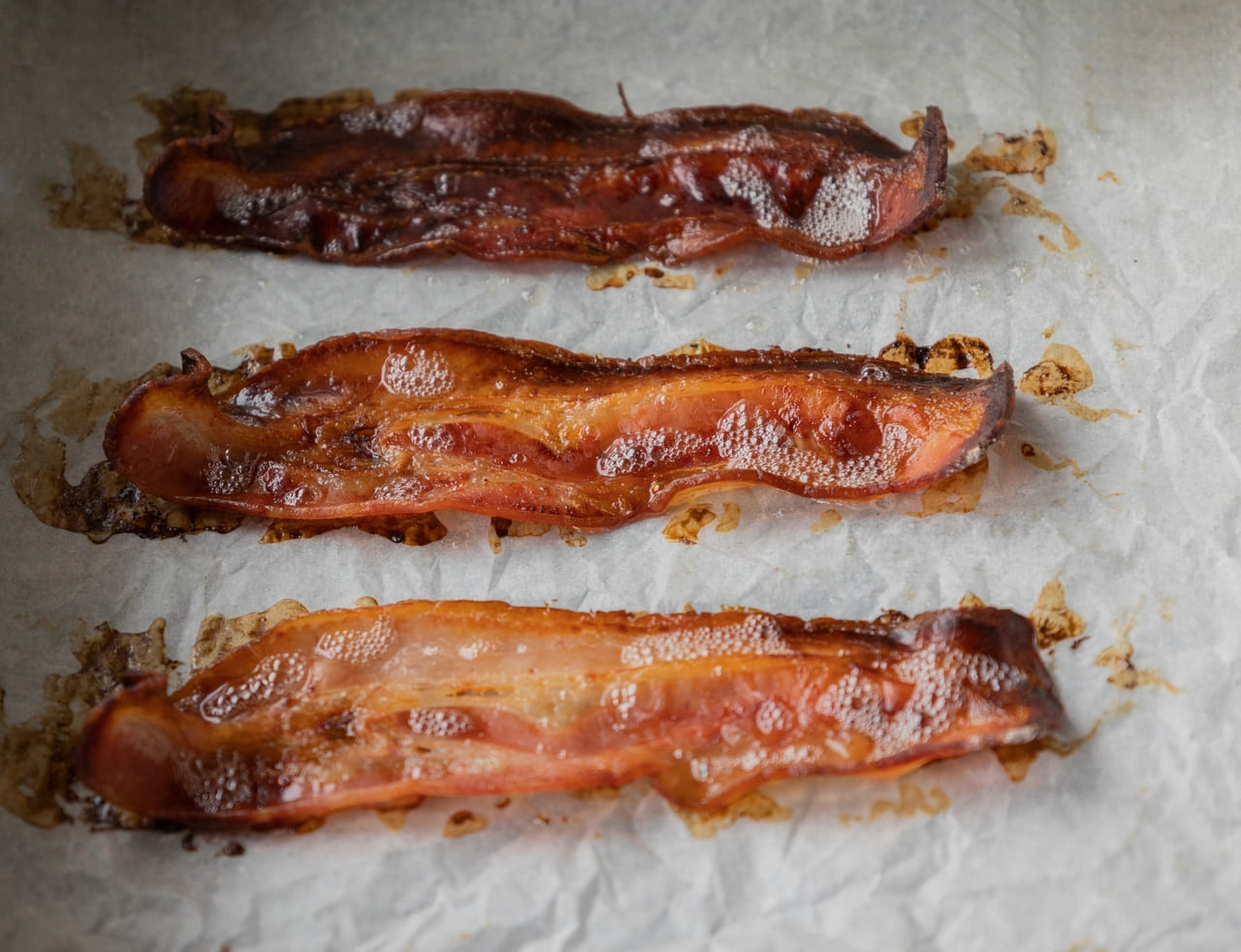The Right Way to Load and Get the Best Clean on your Utensils from A Dishwasher
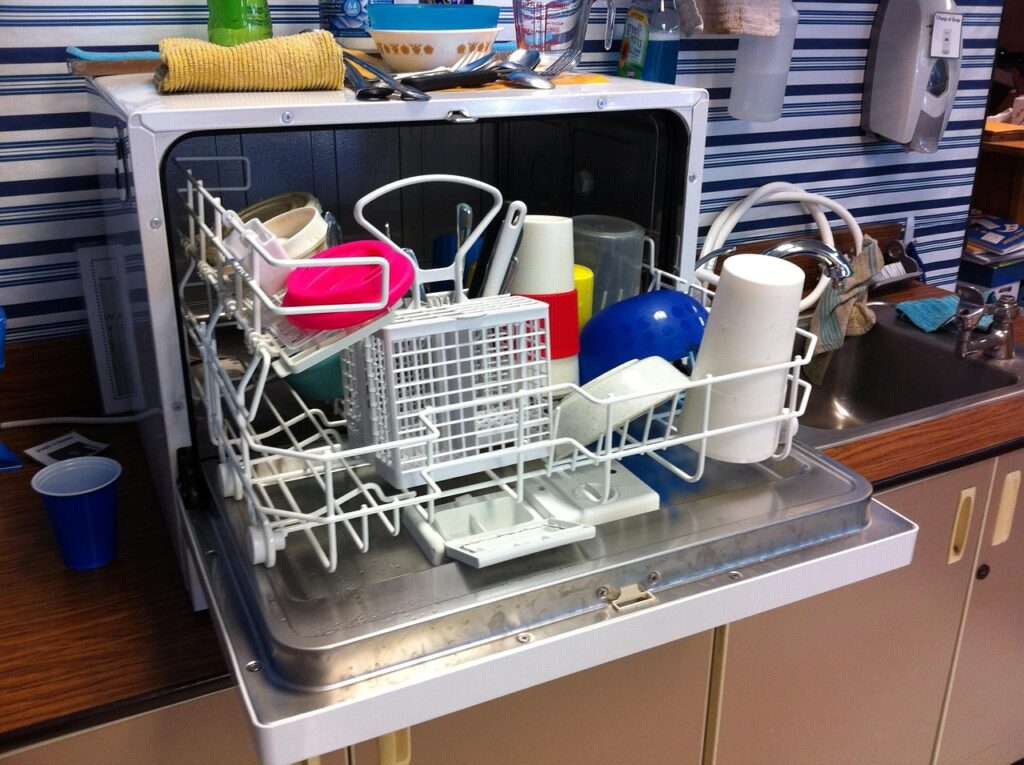
A dishwasher seems straightforward: load, press start, and wait. But when it comes to utensils, things aren’t so simple. The way you place forks, spoons, and knives affects how clean they get, how safe the load is, and even how long your dishwasher lasts.
Some habits, like nesting spoons together or putting knives blade-up, can actually reduce efficiency or pose safety risks. Here’s a clear, no-nonsense breakdown of how to load utensils the right way for the cleanest results.
Understanding the Basics of Utensil Loading
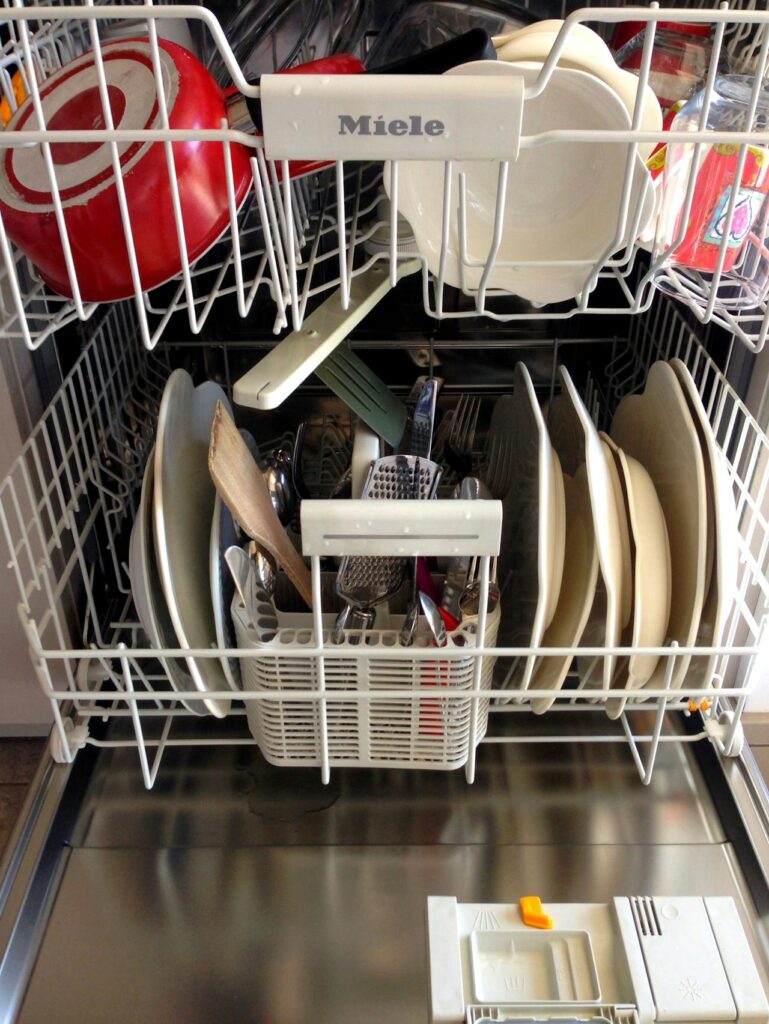
Not all utensils are created equal. Flatware has different shapes, and each responds differently in the wash.
The main idea is to balance spacing, water flow, and safety. When done properly, you reduce spots, prevent residue, and keep your dishwasher working efficiently.
Forks, Spoons, and Knives: The Essentials
Forks and spoons should go in separate sections whenever possible. This prevents them from clumping and blocking water. Knives should be handled carefully, ideally blade-down to reduce injury.
Spacing is a crucial utensils that touch too much can trap food, while a mix of directions allows water jets to reach every angle.
Why Direction Matters
People often debate whether utensils should go handle-up or handle-down. The truth is, mixing both is usually best. Handles-up improve hygiene when unloading, while handles-down allow better cleaning.
A simple rule: if it’s sharp, keep the blade down. For everything else, alternate direction to avoid nesting.
Advanced Tips for Cleaner Results
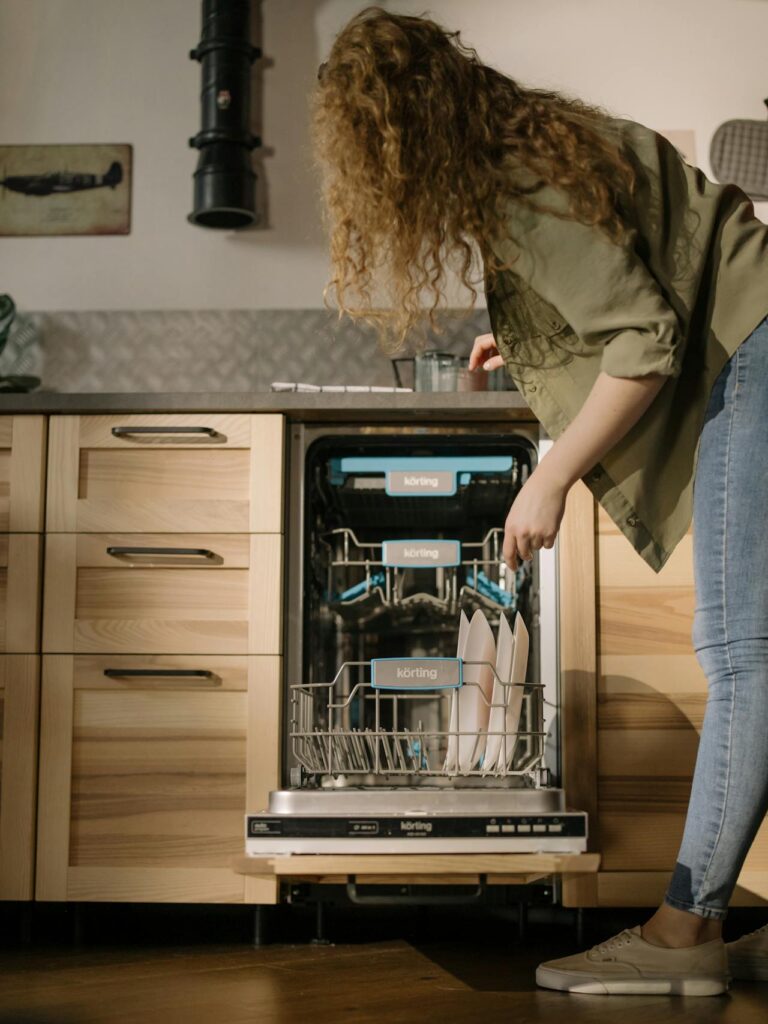
Beyond the basics, a few extra steps can boost dishwasher performance and ensure spotless utensils.
Think of it as fine-tuning small choices that make a noticeable difference in cleanliness.
Avoiding Overcrowding
The temptation is to pack in as much as possible, but overstuffing prevents water from reaching everything. Leave space for spray arms to do their job.
Utensils should never be crammed tightly in one slot. Spread them across the basket or rack to maximize exposure to detergent and water.
Using the Right Cycle
Not every load needs the heaviest wash setting. For everyday utensils, a normal cycle usually works best. Reserve heavy-duty settings for heavily soiled cookware, which can otherwise lead to water spots on utensils.
The right cycle means efficiency; clean results without wasting energy or water.
Common Mistakes That Lead to Dirty Utensils
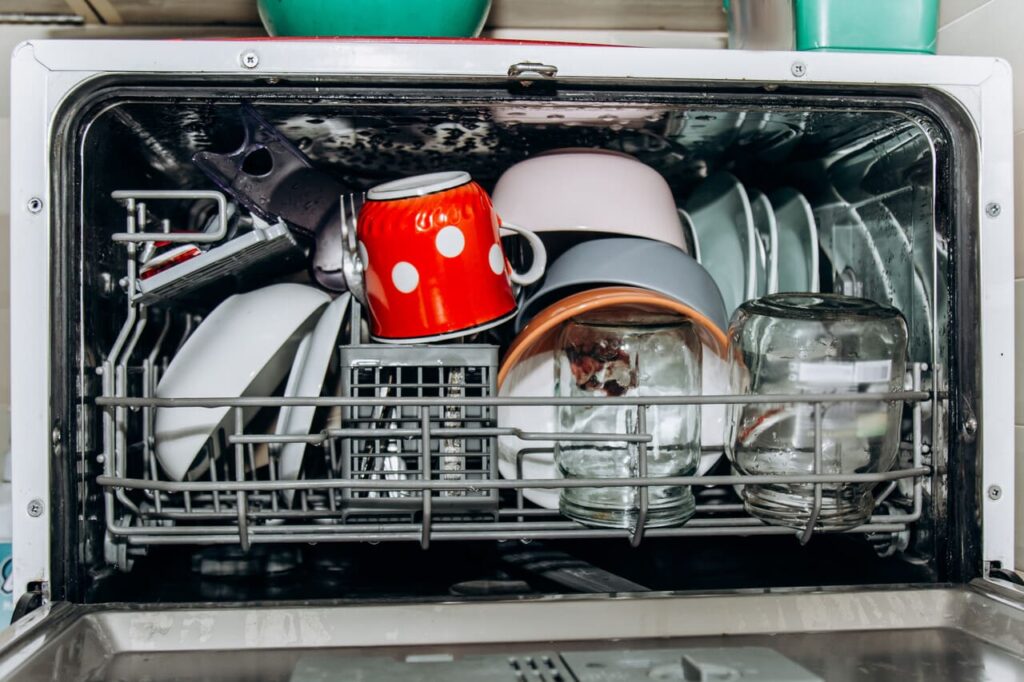
Even small errors can leave you unloading less-than-sparkling flatware. Knowing what to avoid is just as important as knowing what to do.
These mistakes can waste water, energy, and time.
Nesting Utensils Together
Stacking spoons in the same direction seems neat, but creates a “spooning effect.” When they nest, water can’t reach all surfaces.
Mix directions and spread them out to avoid clumping. It may look less tidy, but it gets the job done better.
Putting Knives the Wrong Way
Sharp knives should never face upward in the utensil basket. This not only risks injury but can dull blades.
If your dishwasher has a designated knife rack, use it. Otherwise, blade-down is the safest, most effective method.
Small Changes, Big Results
Loading utensils the right way isn’t complicated, but it does require attention to detail. By alternating directions, avoiding nesting, and leaving space, you can dramatically improve dishwasher results.
The goal is simple: cleaner utensils, longer-lasting equipment, and a safer kitchen routine. With these habits, your dishwasher can finally deliver the shine it was built for.



